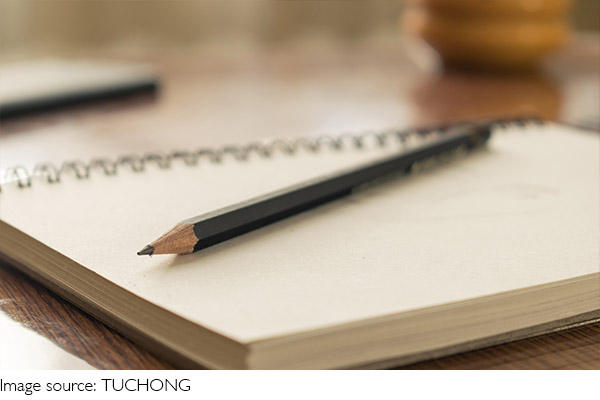Sketching Made Simple

When it comes to learning art, sketching is often where we begin. And it makes sense—it's simple, flexible, and all we need is a pencil and paper.
But even though sketching looks basic, it's actually the foundation of almost every drawing skill. Whether we want to paint, design characters, or do architecture, strong sketching skills will take us far.
The great thing is, anyone can improve their sketching. It's not about talent—it's about practice, observation, and patience. So let's explore how we can all sharpen our skills and enjoy the process of sketching.
Start with basic shapes
Every complex object we see is built from simple shapes. A head can be broken into circles and ovals, a house starts with cubes and rectangles. If we want to draw better, we need to train our eyes to see those shapes underneath the details.
Try this: take a random object, like a mug or a shoe, and break it down into basic forms. Don't worry about the details yet—just sketch the overall shape using circles, squares, or triangles. Doing this regularly helps us build a strong foundation and improves our accuracy.
Practice lines and control
Lines are the backbone of any sketch. To improve line work, we should focus on drawing with confidence rather than making small, shaky strokes. Use your whole arm instead of just your wrist. Try drawing long, smooth lines across the page. Do warm-up exercises like drawing straight lines, curves, and circles repeatedly.
This kind of "line training" may seem boring at first, but it dramatically improves our control, speed, and flow over time.
Understand light and shadow
Once we're confident with shapes and lines, we can start exploring shading. Light and shadow bring sketches to life—they add depth and realism. Start by choosing one light source, then ask yourself: where would the shadows fall? Which areas would be the brightest?
Practice shading a simple sphere or cube. Use different pressure on your pencil to create light, medium, and dark tones. Try cross-hatching (criss-crossing lines) or blending with a tissue for soft shadows. The more we understand light, the more 3D our drawings will look.
Use references and observe carefully
One of the best ways to improve quickly is by drawing from real life or photo references. This helps us train our eyes to notice proportions, angles, and small details. Whether we're sketching a face, a tree, or a shoe, looking at it carefully is key.
Ask yourself: What's the shape? Where is the light? How long is that line compared to this one? Observation is a huge part of drawing, and the more we look, the more we learn.

Keep a sketchbook and draw often
Consistency is everything. Keep a sketchbook and make it your creative space. Don't worry about making every page perfect—this is where we practice, try new things, and make mistakes. Sketching daily, even for just 10 minutes, builds confidence and helps us track our progress.
Over time, we'll notice that things we struggled with before—like proportions, hands, or shading—start feeling easier.
Stay patient and enjoy the process
Improving at sketching takes time. Some days we'll feel stuck, and some drawings won't look the way we hoped. That's okay. Every artist goes through this, and every sketch is a step forward.
Don't compare your drawings to others—compare them to your past work. Celebrate small improvements and trust that your skills are growing.
Let's draw together
Sketching isn't just a skill—it's a way to express ourselves, relax our minds, and see the world with fresh eyes. Whether we're beginners or already on our way, there's always something new to explore with a pencil in hand.
So Lykkers, what's the first thing you want to sketch today? A face? A tree? A memory from your weekend? Grab your pencil, open that sketchbook, and let's bring your ideas to life—one line at a time!

 · Art team
· Art team